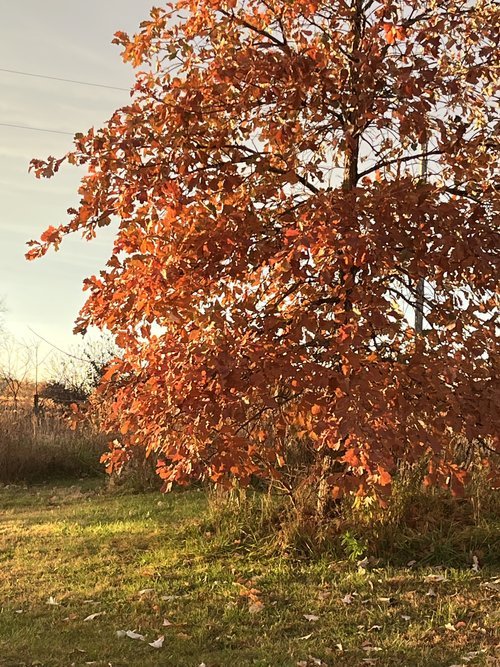From Destruction to Diverse
Iowa Parrot Rescue is located in the heart of once was the vast and sprawling tall grass prairie that covered the greater part of the continental US Midwest. Within a few generations after the arrival of European settlers the prairie was gone with only isolated remnants remaining in abandoned cemeteries, railroad right of ways and land that was unsuitable for plowing or grazing.
Native grasses had been replaced with introduced pasture grasses, flowering plants driven out by invasive or deliberately introduced plants such as Canadian thistle, multiflora rose, Japanese honeysuckle, Osage orange, wild hemlock, garlic mustard and many others. Roaming herds of bison had been replaced with stationary herds of cattle and the open plains replaced with rows of corn and beans.
Wetlands that accommodated floodwaters had been drained and filled. Fire suppression ended the natural events of renewal that put nutrients back into the soil and had kept the ever encroaching trees at bay. With monoculture has come the limited availability of food sources to pollinators and so on up the food chain.
Heavy applications of herbicides and pesticides from the ground and the air only added to the stresses on native flora and fauna. The results were catastrophic to the complex and integrated prairie as a system that supported one of the richest and most diverse habitats in the world.
With the grant that provided the funds to build the current rescue came a mandate to restore habitat. Fine by me….this was an opportunity to learn more about my small corner of the world in an organized way.
But as I began walking the property and trying to understand what I was seeing, the immensity of the challenge became more obvious. In the first place no one really knows what a prairie is or how it works. In the second, once the livestock had been removed and the property fenced it was obvious that most of the property had been taken over by invasives and non natives. A visit from the local DNR revealed that there was not one clump of native grass left and that many of the few supposed natives were actually escaped or mislabeled cultivars of original prairie plants.
So Native plant inventory: zero, more or less. We would be starting from scratch. Daunting. We needed a plan. And with the plan came some assumptions that would guide our approach.
First assumption: that nature is the best gardener. If I could create the right conditions nature would do the rest. The first assumption was based on two other assumptions: First was that there was still a native seed bank present in the soil. The land had never been ploughed or sprayed, only grazed, so native seeds should still be present and hopefully viable. Second was that there was still microbial action in the soil that is the foundation for renewal. Microbial activity would make it easier for plant roots to tap into nutrients already present so that the soil could begin rebuilding.
Then the work began.




